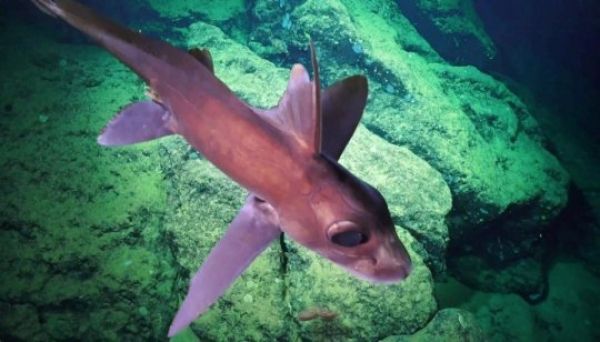A three-week expedition off the coast of Costa Rica has just expanded our knowledge of deep sea ecosystems in the region. Led by Dr. Erik Cordes, Temple University, the scientists aboard research vessel Falkor surveyed the continental margin for seamounts and natural gas seeps, where specialized biological communities are found. The seamounts extending from the mainland to the Cocos Islands National Park provide an important corridor for the animals occupying the area.
Investigating these systems on all biological size scales, the team focused on relationships between species, from microbes to fauna such as fish and corals. At least four new species of deep-sea corals and six other animals that are new to science were found. This expedition represents the first time that seven of the seamounts in the area have been surveyed. The survey results, including description of the coral communities that they host, will support the effort to create a new marine protected area around these seamounts ensuring that they are not impacted by fishing or potential mining activities.
“This new research will support Costa Rica’s efforts to conserve these important habitats by providing a baseline of the incredible species and ecosystems found in the deeper areas that don’t always attract the attention that they deserve,” said Schmidt Ocean Institute Cofounder Wendy Schmidt. “One of the most important things we can do right now is to understand how these communities work, so, if there are changes in the future, we can measure human impact.”
Read more at Schmidt Ocean Institute
Image: Chimaeras are cartilaginous fish, largely confined to deep water. Their closest living relatives are sharks, though their last common ancestor with sharks lived nearly 400 million years ago. (Credit: Schmidt Ocean Institute)


